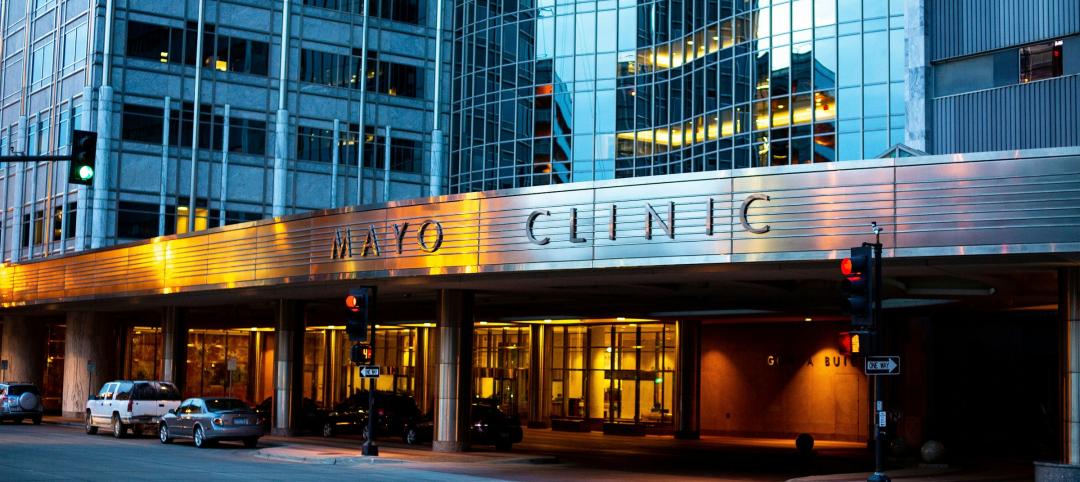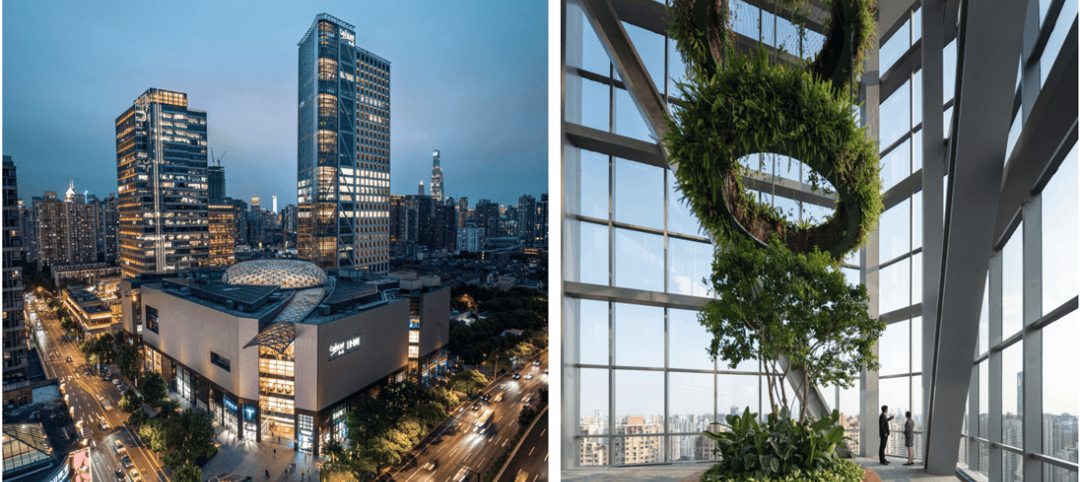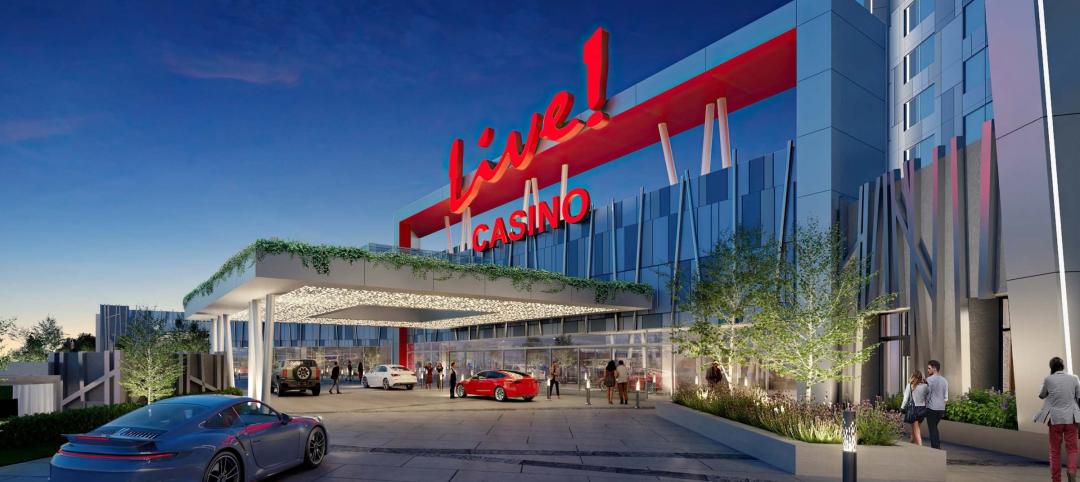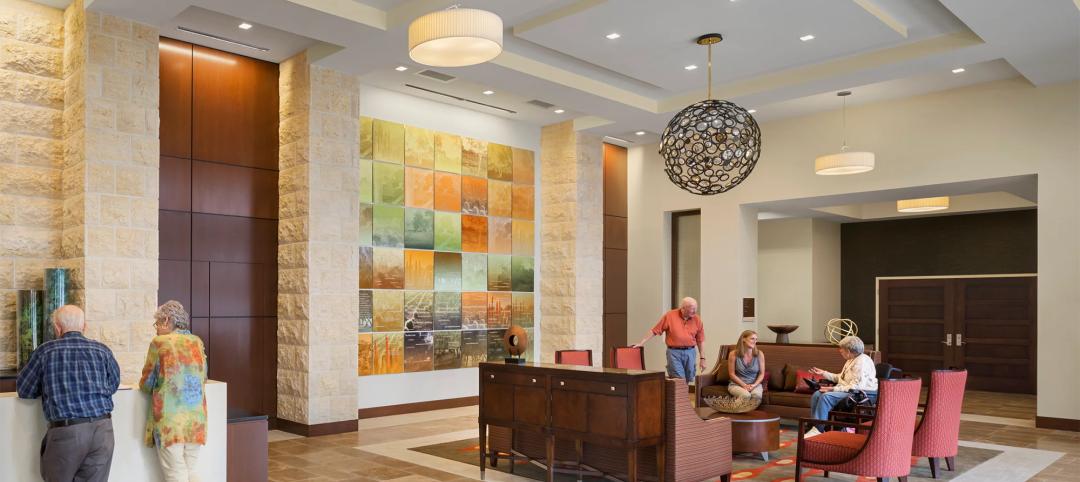Evolving into more comprehensive design-build services was the driver behind CannonDesign’s recent merger with gkkworks, an integrated planning, design, and construction firm.
Founded in 1991, gkkworks employs 120 people in its offices in Irvine, Pasadena, and San Diego, Calif.; Denver; and Pune, India. (CannonDesign has an office in Mumbai.) Its annual revenue ranges from $50 million to $60 million.
Praful Kulkarni, president and CEO of gkkworks, says his goal has been to “create a firm with multiple professionals to customize the design process.” He notes that his company’s progressive design-build delivery model is promulgated on the belief that “architecture and construction are inseparable.”
Kulkarni’s new title at Cannon Design is director of integrated services, focused on advancing the combined firm’s design and construction capabilities.

Praful Kulkurni is now Cannon Design's director of intergated services, focused on the firm's design and construction capabilities. Image: courtesy of Cannon Design
Last year, Fast Company magazine recognized CannonDesign as one of the 10 most innovative architectural firms in the world. CannonDesign became acquainted with gkkworks through a “client connection,” says Brad Lukanic, AIA, LEED AP, CannonDesign’s growth-minded CEO.
Merging with gkkworks expands CannonDesign’s west-coast partnerships and moves the firm into the hospitality sector. Lukanic further explains the rationale behind this merger by stating “we’re finding that the industry is really hungry for alternative delivery methods. When there’s a single source of delivery, fewer mistakes are made.”
Cannon Design got into integrated modular design two years ago. Based on post-occupancy studies that CannonDesign has conducted on those subsequent projects, its delivery model is reducing delivery times by 28%, lowering costs by 20%, and reducing material waste by 30%. Kulkarni observes that these results “rest on involving the construction company at the point of selection.”

Deb Sheehan, Cannon Design's Executive Director-Firmwide Strategies, is looking forward to her company working earlier with subs and suppliers. Image: Cannon Design
Merging with gkkworks extends CannonDesign’s delivery reach to the supply chain, says Deb Sheehan, CannonDesign’s Executive Director-Firmwide Strategies. The company is already collaborating with GCs, and has started to include large subcontractors such as Hill Mechanical in early design discussions. Sheehan speaks enthusiastically about working sooner with suppliers and subcontractors to get costs down.
When asked why more firms should go the IDP route, Kulkarni cites a U.S. Supreme Court ruling that, he says, set “an impossibly high bar” for the accuracy of design drawings. In any disputes among building team members or with clients, that ruling “became a defensive position.” But when design and construction are integrated, “you no longer have these disputes.”

Since joining Cannon Design in 2016, CEO Brad Lukanic has been acquisition minded. Image: Cannon Design
“I believe our firm can play a vital role in a unified approach, as clients seek integrated solutions that link a project’s design and delivery phases,” says Lukanic. “By breaking traditional boundaries, our firm seeks to delivery every project aspect—from shaping the design experience to final construction.”
Its merger with gkkworks brings to 24 the number of offices Cannon Design operates. Over the next several months, Cannon Design and gkkworks will be combining their respective operations, “especially in California,” says Lukanic.
Related Stories
Adaptive Reuse | Jul 30, 2024
Empty mall to be converted to UCLA Research Park
UCLA recently acquired a former mall that it will convert into the UCLA Research Park that will house the California Institute for Immunology and Immunotherapy at UCLA and the UCLA Center for Quantum Science and Engineering, as well as programs across other disciplines. The 700,000-sf property, formerly the Westside Pavilion shopping mall, is two miles from the university’s main Westwood campus. Google, which previously leased part of the property, helped enable and support UCLA’s acquisition.
Geothermal Technology | Jul 29, 2024
Rochester, Minn., plans extensive geothermal network
The city of Rochester, Minn., home of the famed Mayo Clinic, is going big on geothermal networks. The city is constructing Thermal Energy Networks (TENs) that consist of ambient pipe loops connecting multiple buildings and delivering thermal heating and cooling energy via water-source heat pumps.
High-rise Construction | Jul 29, 2024
Safdie Architects’ Shanghai office tower features glass-enclosed corner garden that ascends the 35-story structure
Safdie Architects has announced the completion of LuOne Mixed-Use Complex—a business, retail, and entertainment development in the Luwan district of Shanghai, China. The mixed-use complex consists of an eight-level retail galleria, which opened in 2018, and a 35-story office tower, which recently reached completion.
Casinos | Jul 26, 2024
New luxury resort casino will be regional draw for Shreveport, Louisiana area
Live! Casino & Hotel Louisiana, the first land-based casino in the Shreveport-Bossier market, recently topped off. The $270+ project will serve as a regional destination for world-class gaming, dining, entertainment, and hotel amenities.
Smart Buildings | Jul 25, 2024
A Swiss startup devises an intelligent photovoltaic façade that tracks and moves with the sun
Zurich Soft Robotics says Solskin can reduce building energy consumption by up to 80% while producing up to 40% more electricity than comparable façade systems.
Codes and Standards | Jul 25, 2024
GSA and DOE select technologies to evaluate for commercial building decarbonization
The General Services Administration and the U.S. Department of Energy have selected 17 innovative building technologies to evaluate in real-world settings throughout GSA’s real estate portfolio.
Great Solutions | Jul 23, 2024
41 Great Solutions for architects, engineers, and contractors
AI ChatBots, ambient computing, floating MRIs, low-carbon cement, sunshine on demand, next-generation top-down construction. These and 35 other innovations make up our 2024 Great Solutions Report, which highlights fresh ideas and innovations from leading architecture, engineering, and construction firms.
Senior Living Design | Jul 23, 2024
The growing importance of cultural representation in senior living communities
Perkins Eastman architect Mwanzaa Brown reflects on the ties between architecture, interior design, and the history and heritage of a senior living community’s population.
MFPRO+ News | Jul 22, 2024
Miami luxury condominium tower will have more than 50,000 sf of amenities
Continuum Club & Residences, a new 32-story luxury condominium tower in the coveted North Bay Village of Miami will feature more than 50,000 sf of indoor and outdoor amenities. The program includes a waterfront restaurant, dining terraces with resident privileges, and a private dining room outdoor pavilion.
Healthcare Facilities | Jul 22, 2024
5 healthcare building sector trends for 2024-2025
Interactive patient care systems and trauma-informed design are among two emerging trends in the U.S. healthcare building sector, according to BD+C's 2024 Healthcare Annual Report (free download; short registration required).

















